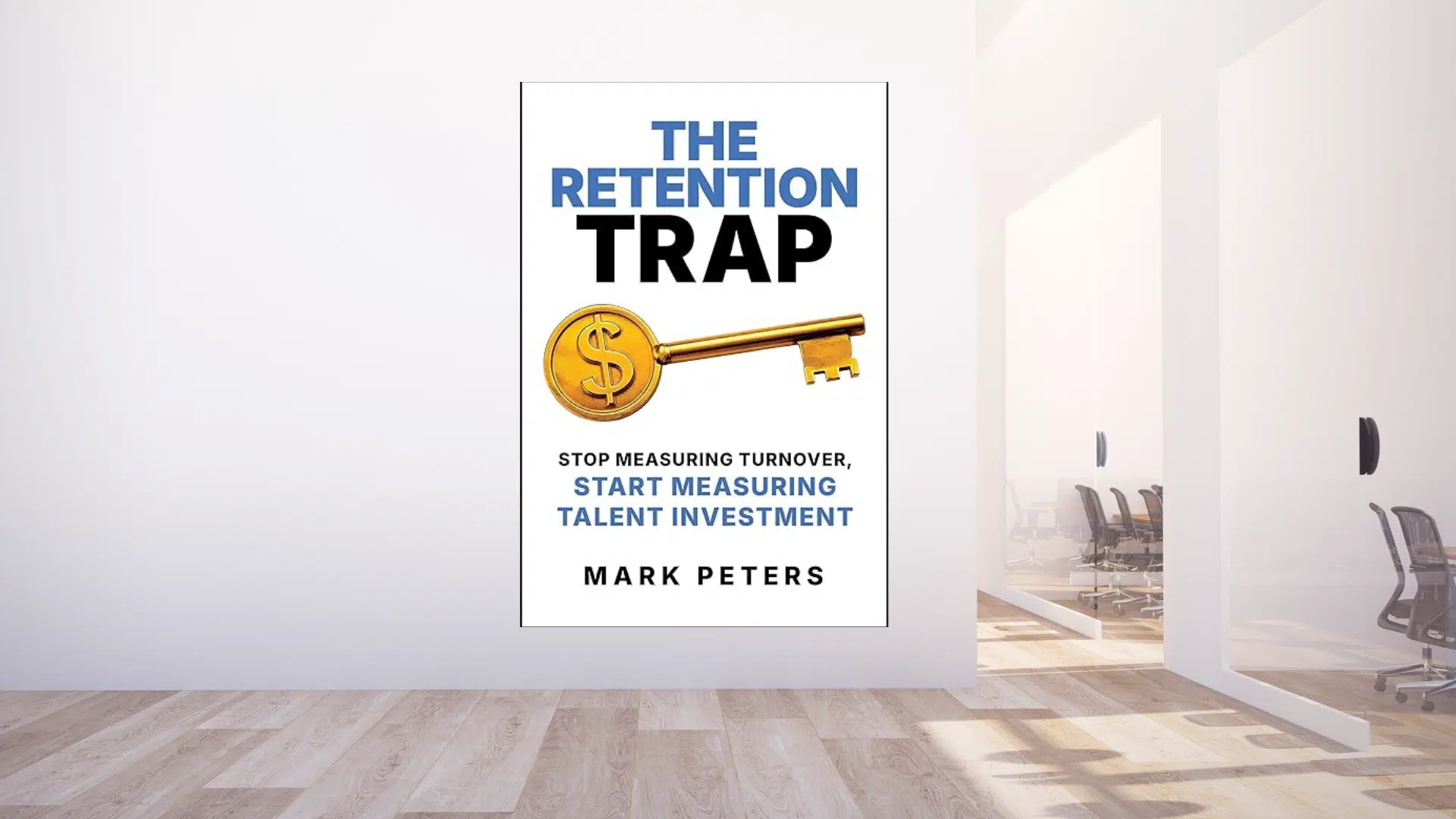
Talent Strategies for the Future Demand Shifting from Perks to Progression
Mark Peters is CEO of Butterball Farms, Inc., recognized nationally as one of The Best and Brightest Companies to Work For® from 2018 to 2024. Peters is an engaging speaker and storyteller who has addressed TED-x and other audiences.
—
A new type of talent challenge is taking hold among HR professionals. It goes beyond offering perks, flexibility, and better pay to get people to stay. The focus on retention continues to dominate organizations. They focus on externalities and keep the company from connecting with the deeper issue: Most people are more interested in career progress and finding purpose than with what perks are offered. This calls for a better understanding of their needs and how to design a purposeful workplace.
People Want Opportunity and Purpose
The deeper issue we need to focus on isn’t that our people don’t want to stay. It’s that many don’t see a path forward. They don’t see what staying does for them.
Large companies have recognized this and have been investing in addressing the issue for years with tactics involving skill development, internal mobility, and purpose-driven growth. Most small- and mid-sized businesses, however, have yet to evolve their talent strategies to reflect a changing labor market. Too often they remain focused on short-term fixes, putting them at a disadvantage in today’s world.
To achieve different results, we must think differently — not only about how we attract people but how we help them advance. That shift starts with redefining retention and recognizing that investing in talent development is no longer optional. Moreover, small- and medium-sized businesses will have a hard time competing for talent in the future if they don’t figure this out.
Why the Traditional Approach no Longer Works
Organizations have long tracked retention as a proxy for satisfaction and business strength. Certainly, losing people is costly, but retention on its own doesn’t guarantee success either.
The usual enticements of higher pay, added perks, and more relaxed policies become merely costly distractions that fail to address the root causes of turnover and disengagement. Essentially, when people don’t experience a culture where they belong and don’t see a future they can grow into, they become disengaged and leave — or they stay and the disengagement becomes imbedded in our enterprises.
If we want different outcomes, we need a different approach.
Changing the Focus to What People Need
As a pragmatic businessman of a mid-sized company, I’ve come to recognize that in this time of so many significant changes to the workforce, achieving a balance between financial success and a greater sense of purpose is more than the right thing to do — it’s the smart thing to do.
At the same time, just as customers rarely tell us directly what they want, employee aren’t always forthcoming with their desires. While they may ask for an increase in salary, what they’re really after is purpose, stability, or the opportunity to advance.
Needless to say it’s not our job to make our workers successful any more than it’s a life coach’s job to fix someone’s life. Still, it’s the coach’s job to find leverage points and to ask clarifying questions that lead to an ah-ha moment, and the same can be said for helping bring a greater sense of purpose to workers in our organizations. We can build a framework that makes our workers’ success possible, and they can choose to take advantage of what we offer or not.
Building a purposeful culture that embeds the idea that investing in our people is synonymous with investing in our enterprise will attract talent and motivate people to take advantage of development opportunities and career advancement paths. This change in focus will also create a purpose that resonates with people.
What Form Investment in Employees Takes
Shifting from a retention mindset to a development mindset has been a revelation. By changing the goal from just keeping people to helping them grow, I’ve uncovered the hidden potential that exists within my workforce. It’s helped my company to identify the barriers that hold employees back so we can work systematically to remove them. It’s involved improving access to transportation, rethinking our learning pathways, and building stronger internal mobility.
In changing your focus to employees’ progression, you don’t have to overhaul your entire operation to make a difference. First, do some work to discover what your company stands for — your purpose — then, to get started, choose among these other strategies you can implement:
1. Initiate personal development plans (PDPs)
As employers, we often don’t do a good job of being intentional about what someone will be doing when they come to work for us, what they can expect from us, and what we expect from them. Start with a few people and see how it goes. Simply begin learning about the people who work for you and what they dream about doing. When you’re ready, add PDPs into your new hires process.
2. Make your retention strategy an investment in people strategy
Many companies taking steps to invest in their employees recognize that the future workforce is inadequate to do the work that they’ll need to do to continue to grow and be competitive. Training the people within will address both retention and upskilling for the future. True, some employers worry that offering marketable training to employees could result in their leaving or demanding higher wages. But experts say there are net positive benefits. For one thing, younger employees tend to highly value training.
3. Collaborate across systems
In addressing workforce challenges in my business, Butterball Farms, Inc., we formed The SOURCE — a network to bring together nonprofit, government, and private interests to leverage existing assets for strengthening the community’s workforce. We now have 28 member companies covering 15,000 people.
Through the support systems we’ve put in place, we’ve achieved a 90% retention rate for those employed at a SOURCE member company and receiving welfare benefits, compared to a 57% retention rate for those relying on traditional caseworkers. Find ways to collaborate with partners from government, education, and the nonprofit community to assist with talent issues.
I’ve seen from experience that this kind of investment pays off. It boosts engagement, supports performance, and creates a more resilient culture. It also develops more humane workplaces and businesses better prepared for a fast-changing future.
—
In 2003, Peters organized a West Michigan-based pioneering group of CEOs and community leaders to create The SOURCE, a nonprofit that has helped hundreds of workers navigate challenges interfering with their jobs and delivered an average annual return on investment of 200 percent to its partner organizations. His new book, The Retention Trap: Stop Measuring Turnover, Start Measuring Talent Investment, follows his first book, The Source. Learn more at RetentionTrap.com.
The information contained in this site is provided for informational purposes only, and should not be construed as legal advice on any subject matter.

Advice in Your Inbox
Join our newsletter for free bi-monthly toolkits and downloads on how to hire, support, and retain your best talent.





